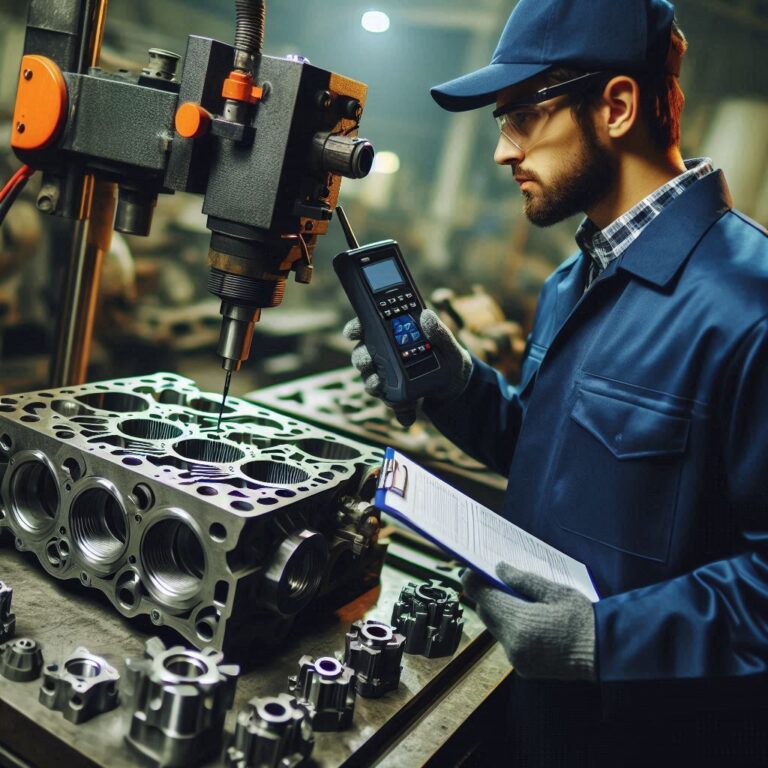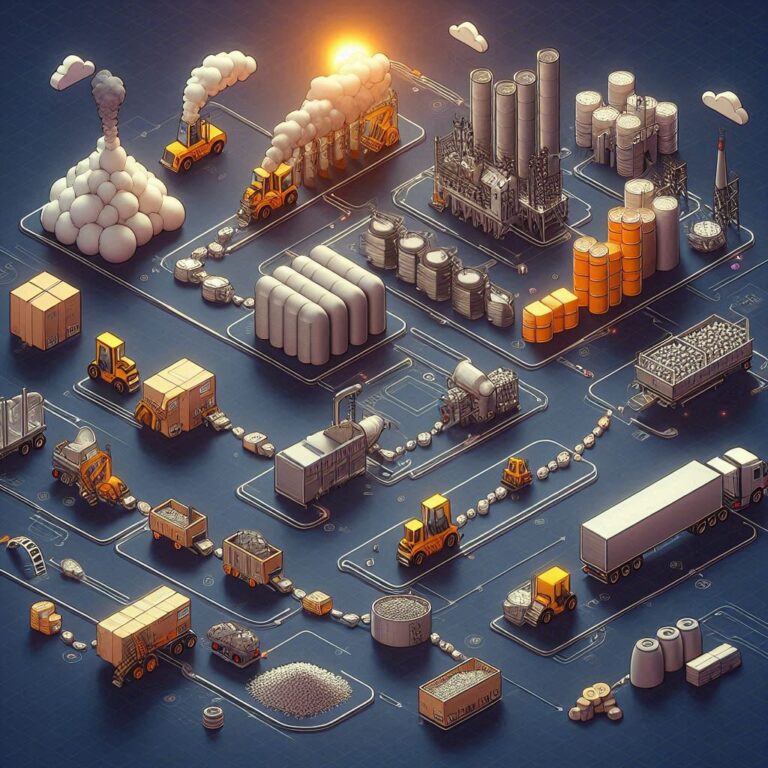The success of any business in the metal casting industry heavily depends on the reliability and quality of its suppliers. Choosing the right supplier is not just about price; it directly affects product quality, delivery timelines, compliance, and ultimately, customer satisfaction. Here’s why selecting a trustworthy and capable supplier is crucial for businesses in this industry.

1. ENSURING CONSISTANT QUALITY
Metal casting requires precision, and even small inconsistencies in the casting process can lead to defective products. A good supplier will have:
- Strict quality control measures
- Certifications like ISO 9001, CE, ASTM, and EN standards
- A reputation for delivering defect-free castings
- Advanced testing facilities for material composition, tensile strength, and durability
2. ADHERENCE TO INTERNATIONAL STANDARDS
Buyers across Europe, North America, and other global markets require castings that meet their country’s specific standards. A supplier that is already compliant with international norms minimizes the risks of rejections, penalties, or delayed shipments.

3. IMPACK ON LEAD TIME AND SUPPLY CHAIN EFFICIENCY
Lead time is critical in the export business. A supplier with poor manufacturing capabilities, raw material shortages, or inefficient logistics can delay deliveries, leading to:
- Project delays for buyers
- Additional storage and holding costs
- Loss of credibility and customer trust
A reliable supplier ensures on-time production, quick dispatch, and smooth logistics coordination.

4. COST-EFFECTIVENESS & HIDDEN COSTS
Many importers focus only on price per unit, but unreliable suppliers can lead to higher hidden costs in the long run due to:
-
- High defect rates (leading to rework and replacements)
- Delays in production (causing missed deadlines)
- Expensive logistics due to last-minute changes
A good supplier may not always be the cheapest but offers long-term cost benefits through reliability, fewer defects, and stable pricing.
5. TRANSPARENCY & COMMUNICATION
Strong supplier relationships are built on clear communication. The right supplier will provide:
- Regular updates on order status
- Clarity on material sourcing and production timelines
- Quick response to queries and concerns
- Lack of transparency can lead to unexpected delays and financial losses.
6. SUPPLIERS' TECHNOLOGICAL CAPABILITIES
With increasing demand for precision castings, automation, and sustainable production, a supplier that invests in modern casting technology, CNC machining, and eco-friendly processes ensures that you remain competitive in the global market.

FINAL THOUGHTS
Selecting the right supplier is not just about cost—it’s about quality, reliability, compliance, and efficiency. Businesses that prioritize a strong supplier network benefit from fewer disruptions, better client relationships, and long-term growth in exports.
Next Steps for Buyers & Importers:
- Evaluate suppliers based on quality certifications and past performance
- Check their track record in international markets
- Prioritize suppliers who offer consistent lead times and transparent communication










